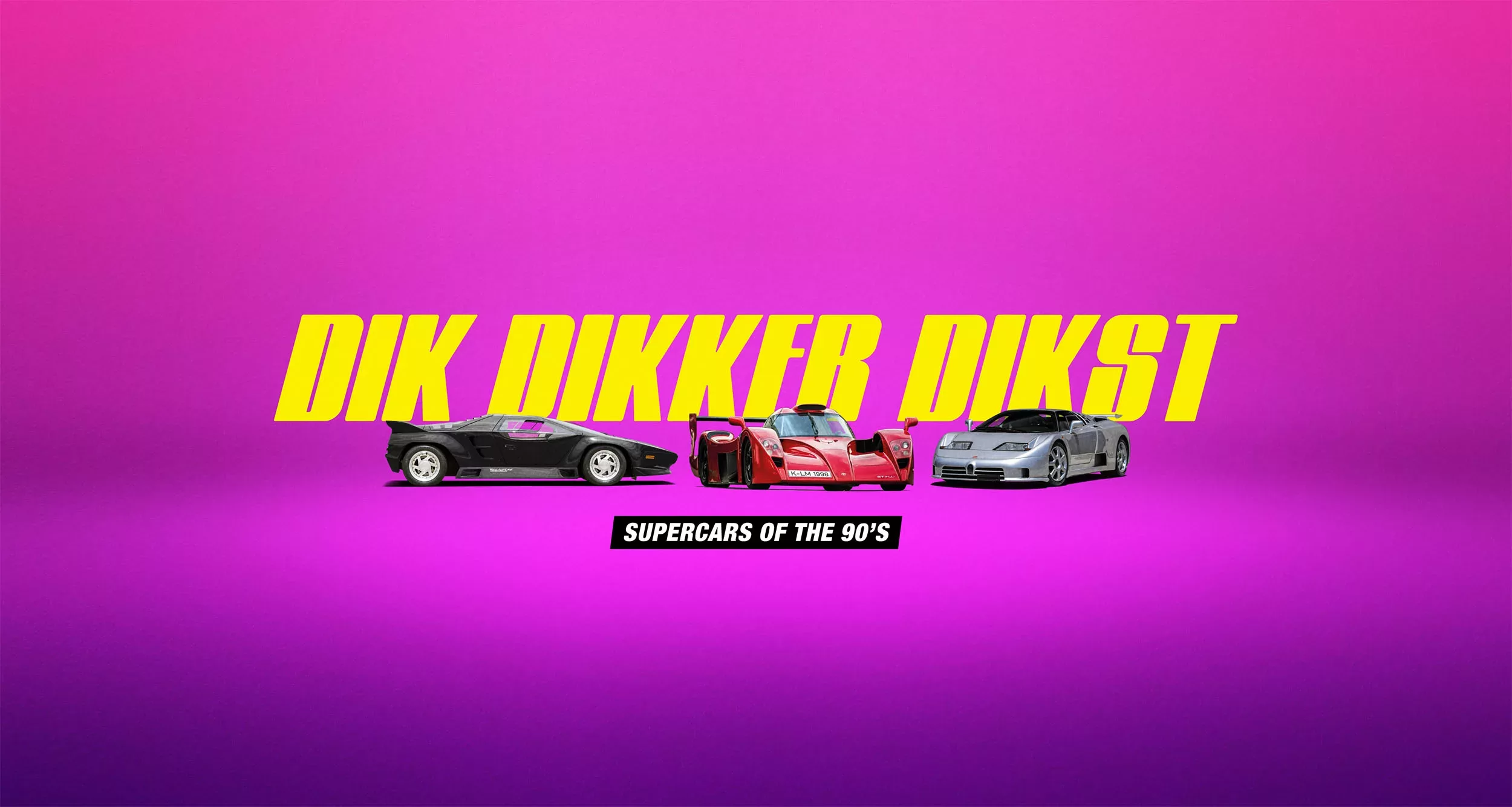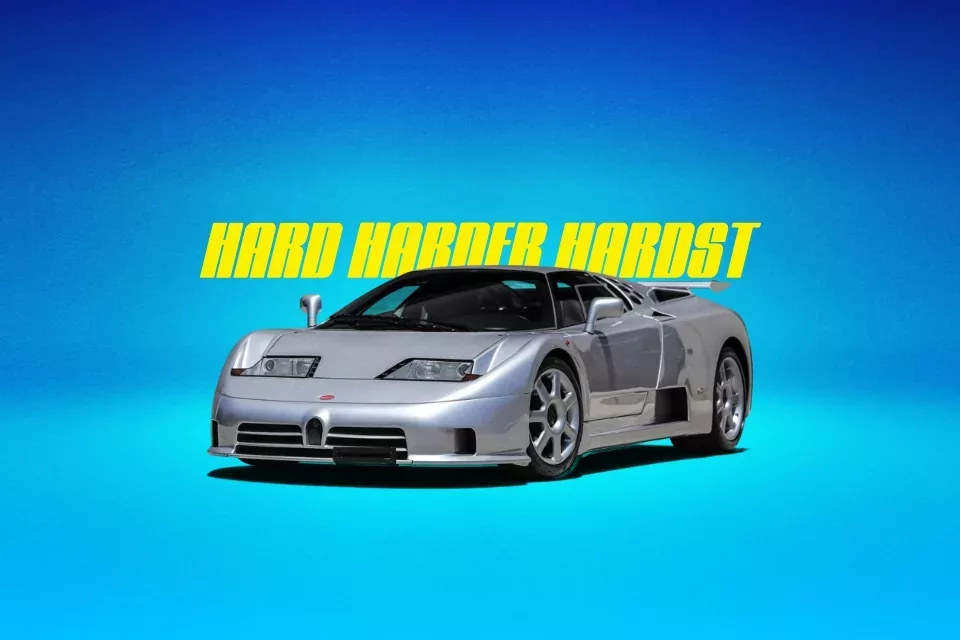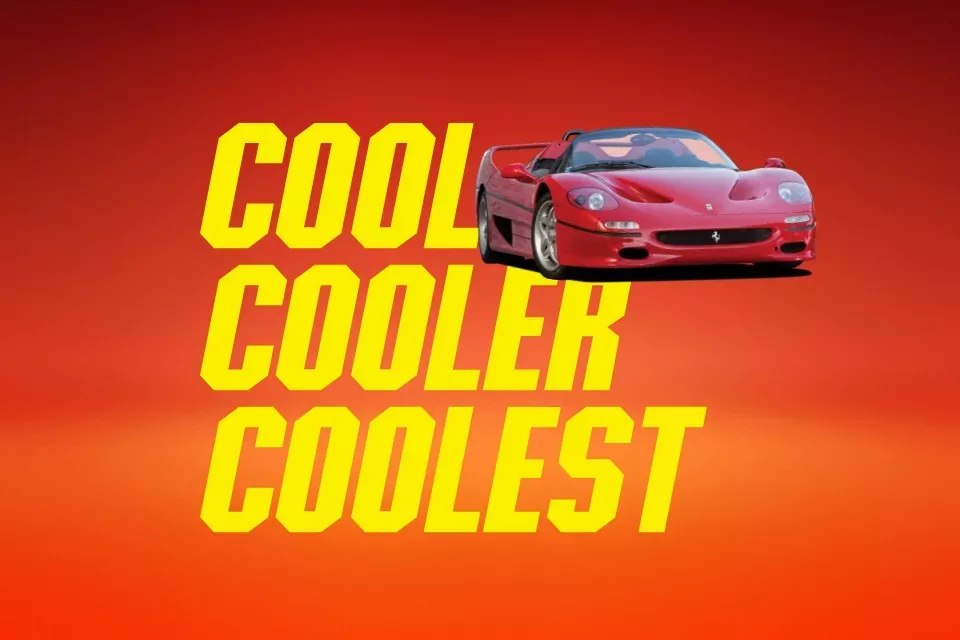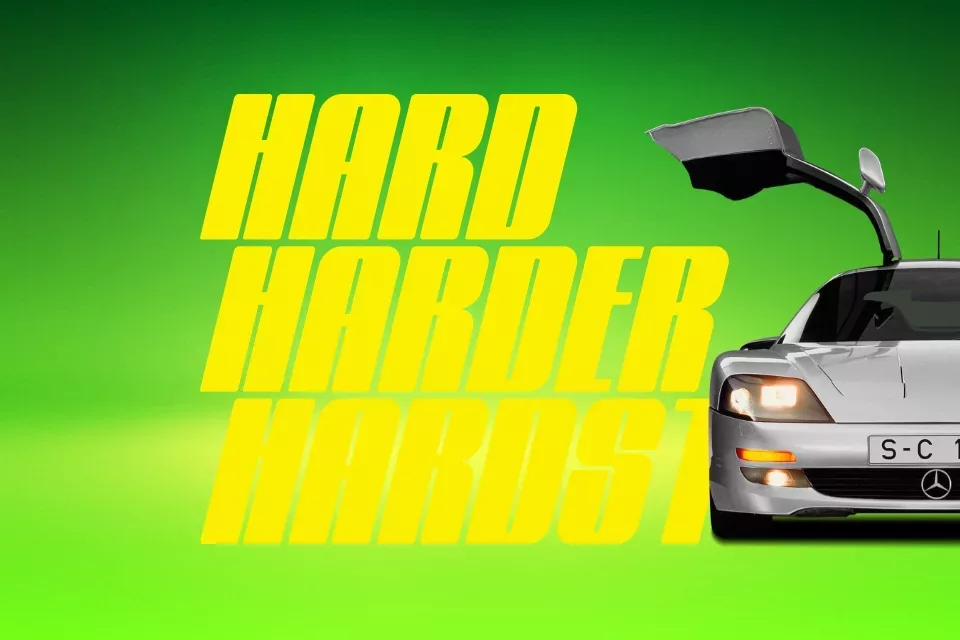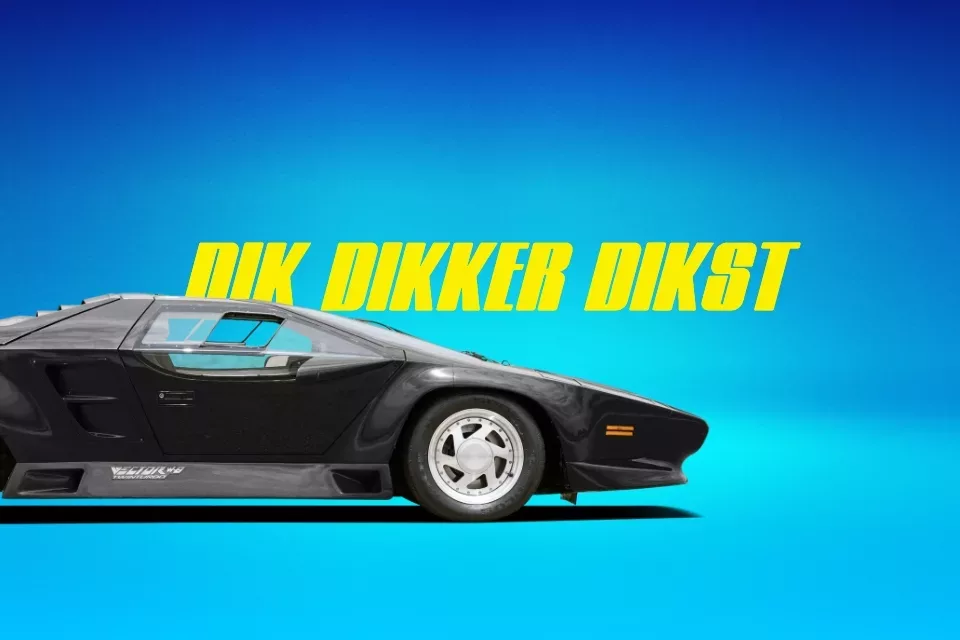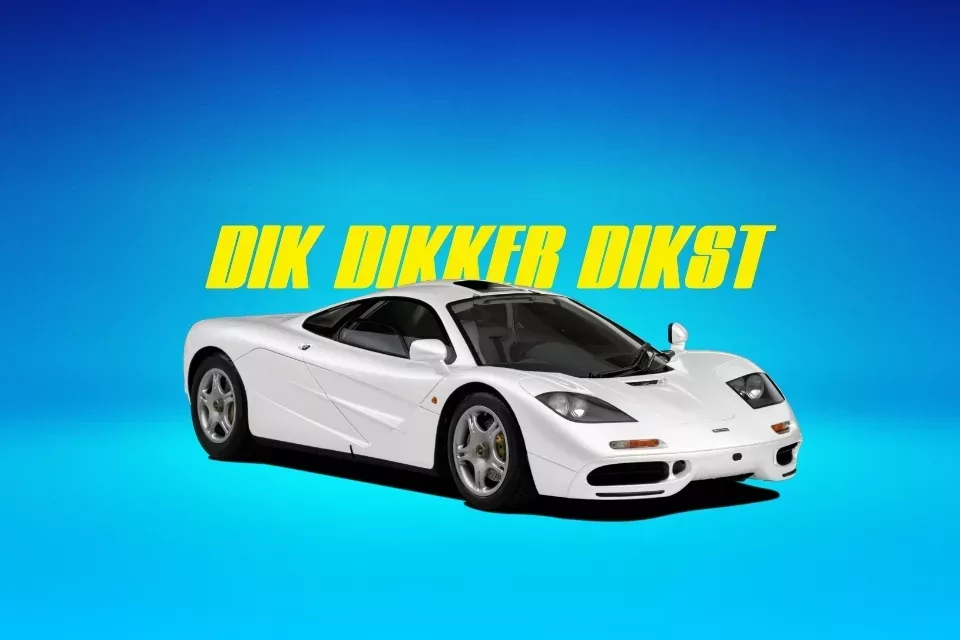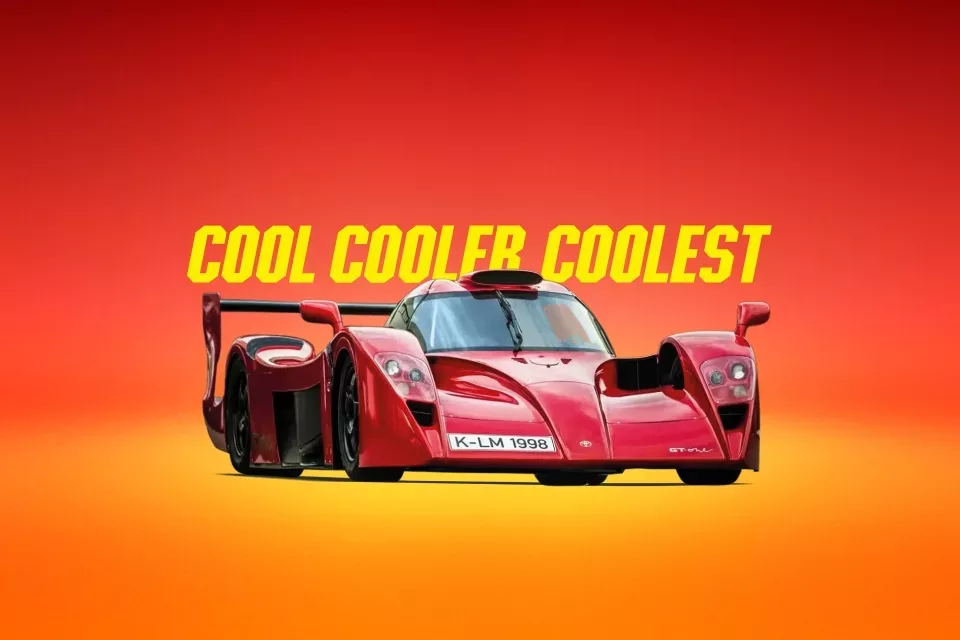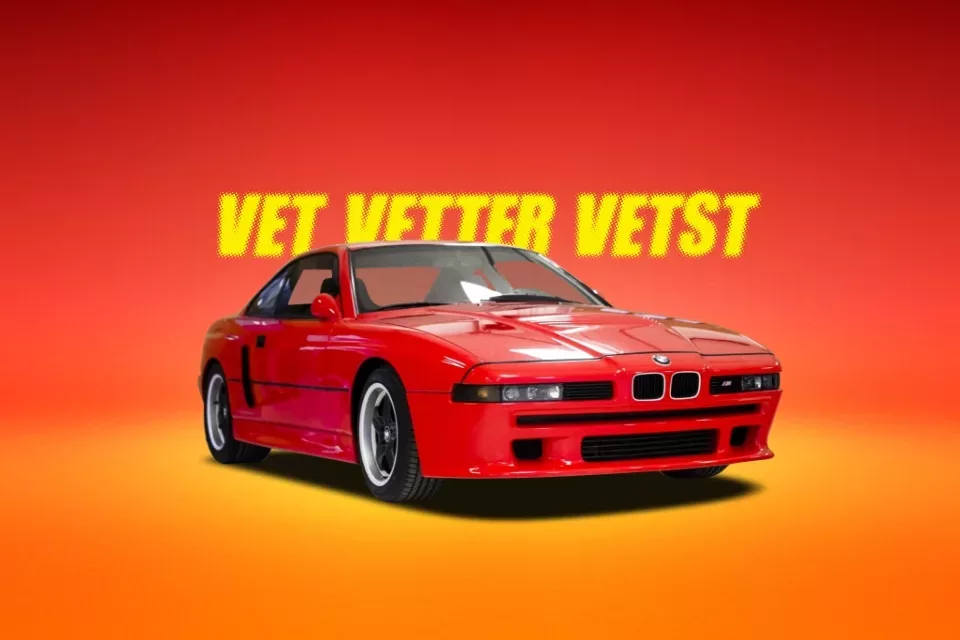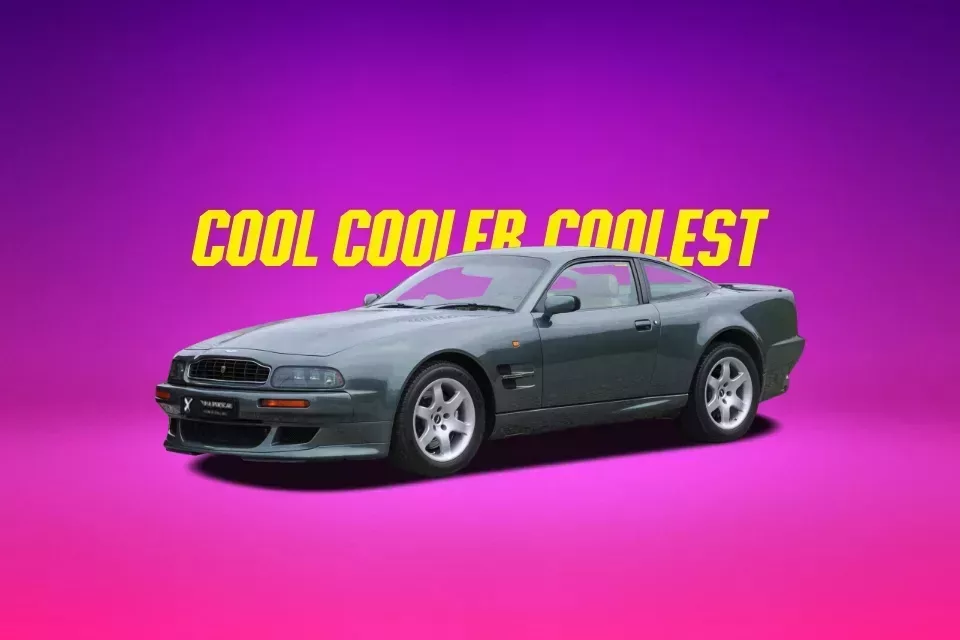It’s going to be a hot summer for sports car enthusiasts. From July 5th to September 1st 2024, the Louwman Museum will be showcasing “Supercars from the 90s.” The Louwman Museum has succeeded in bringing together an impressive collection of super sports cars. Several models have never been displayed on Dutch soil before, and a few rarely see the light of day.
NISSAN R390 GT1 -1998
ENGINE: 3.5 V8, TWIN TURBO, 558 HP, 354 KM/H
In accordance with the regulations of the GT1 championship, there had to be at least one road car of the competing racing car. And therefore Nissan developed the street-legal R390. However, the car was never sold. The manufacturer retained the car and has it on display at their museum in Zama (Japan). Nissan built no fewer than eight examples of the racing version in 1997 and 1998. The R390 on display in the Louwman Museum is a GT1 that was adapted into a road car after its participation in the 24 Heures du Mans in 1998. It is owned by the then R390 driver, former Formula 1 driver Erik Comas. The restoration took about two years. No fewer than 95% of the parts are from the racing version. The rest include the doors, windshield, cooling system and upholstery which were required for registration for road use. The R390 is built around a carbon fibre monocoque and a mid-mounted twin-blown V8 engine with a six-speed sequential gearbox.
BUGATTI EB110 SUPER SPORT - 1992
ENGINE: 3.5 V12 TURBO, 610 HP, 355 KM/H
Introduced in 1991, the EB110 marked the revival of the iconic Bugatti brand, now in Italian hands with the involvement of none other than Ferruccio Lamborghini. Based in Supercar Valley near Modena, close to Ferrari’s home base, the EB110 was unveiled exactly 110 years after the birth of Ettore Bugatti. From 1992 to 1995, only 136 EB110s were made in Campogalliano, of which exactly 30 were in the Super Sport variant shown here. This more powerful version features a carbon fibre chassis and body panels manufactured by Aérospatiale, making it 200 kg lighter. The 3.5 V12 engine with no fewer than four turbos delivered 50 extra horsepower, allowing the sports coupé to sprint from 0 to 100 km/h in 3.2 seconds and to reach a top speed of 355 km/h. The Super Sport is distinguished by extensive use of carbon fibre, a fixed spoiler, five round air inlets in the side panels and specific BBS wheels. After the bankruptcy, six cars were built from leftover parts and sold under the brand name Dauer EB110.
FERRARI F50 - 1995
ENGINE: 4.7 V12, 520 HP, 325 KM/H
The Ferrari F50 is the brainchild of Piero Ferrari, Enzo’s son. He drove an F40 every day but longed for a Formula 1 experience on public roads. The development process started in 1989 and the car was introduced in 1995. Design house Pininfarina was allowed to design the body. An open two-seater was chosen, but one with a removable hardtop. The link with the Formula 1 activities of the legendary Italian brand is reflected in the pointed nose of the barchetta, which directs the flow of the warm cooling air to the outside of the passenger compartment. The far forward seating position is due to the large V12 engine located behind the seats. The power source is based on the 3.5 V12 from the F1 car. The so-called F130b block has an increased cylinder capacity of 4.7 litres, from which 520 hp is drawn. The 198 kg power plant transmits the torque to the rear wheels via a manual gearbox. Ferrari built 349 units of the F50.
MERCEDES-BENZ C112 - 1991
ENGINE: 6.0 V12, 408 HP, 307 KM/H
At the 1991 IAA car show in Frankfurt, Mercedes-Benz presented the C112 after a three-year development period. It was a concept car but unfortunately there was just that one model built, despite the fact that there were serious production plans for the limited sports car. About 700 potential customers had registered their interest. Senior management ultimately felt the supercar did not suit Mercedes’ plans for the future. There was a link with the successful Sauber-Mercedes Group C racing car. However, the street-legal sports coupé was luxuriously equipped with features such as power steering and brakes, rear-wheel steering, an audio system and Active Body Control. There was no luggage space. Under the aluminium body panels hides a V12 engine from the then current 600 SEL.
VECTOR W8 - 1990
ENGINE: 6.0 V8 TWIN TURBO, 625 HP, 380 KM/H
The Vector W8, an idea of aircraft enthusiast Gerald Wiegert, was produced by Vector Aeromotive Corporation. The design reflects his passion for aviation, with a cockpit-like dashboard full of buttons and screens, an analog compass, and an engine hour meter. The selector lever of the three-speed automatic, to the driver’s left, resembles an aeroplane throttle. Named after Wiegert and the V8 engine, the W8 went into production in 1989 after 17 years of prototype testing. The design remained unchanged: low, wide, with scissor doors and an aerodynamic body with integrated rear wing. The centrally-mounted Chevrolet Corvette V8 engine, increased to 6.0 litres with the addition of two turbos, delivered 625 hp. Vector claimed a top speed of 380 km/h, but this was never proven. Only 19 examples were built up to 1993. A well-known customer was tennis star Andre Agassi. The car played a role in the 1993 film ‘Rising Sun’, also the year in which production of the W8 stopped.
JAGUAR XJ220 - 1992
ENGINE: 3.5 V6 TURBO, 549 HP, 354 KM/H
At Christmas 1987, Jaguar’s Head of Engineering sketched a super sports car at the kitchen table. After Christmas, he formed a team of eleven colleagues for the secret project, which was carried out in their spare time, as the ‘Saturday Club’. Once a concrete plan had been developed, he informed management. He was given a limited development budget, albeit on the condition that it remained a leisure project! The XJ220, as the supercat was called, was presented at the The International Motor Show in Birmingham in October 1988. Even though production was not yet certain, 400 enthusiasts placed an order. Only after the takeover by Ford in 1989 was the green light given for production, which would be limited to 350 units, which was a reference to the top speed. The name of the supercar itself referred to the top speed of 220 miles per hour. Ultimately, just 281 copies of the XJ220 were built, due to a lack of demand following the financial crisis.
MCLAREN F1 - 1993
ENGINE: 6.1 V12, 627 HP, 386 KM/H
After the successful 1988 Italian Grand Prix, Gordon Murray and Ron Dennis discussed the idea of a McLaren road car. This led to the McLaren F1, a supercar with a central seating position, built from exotic materials powered by a 627 hp V12 engine sourced from BMW. The F1 was unveiled in 1992 as a three-seat compact sports car with a carbon fibre monocoque. Originally 300 units were to be produced, but production ended at number 100 in 1998. That includes 36 racing versions (GTR, LT and GT), of which the F1 GTR won the 24 Hours of Le Mans in 1995. For many years the F1 was the fastest production car in the world with a top speed of 386 km/h. The new price was €550,000 but today an F1 costs around €20 million.
TOYOTA GT-ONE - 1998
ENGINE: 3.6 V8, TWO TURBO’S, 550 HP, 371 KM/H
Imagine seeing this super-fast car appear in your rear-view mirror. The chance is small, but possible, because the Toyota GT-One is street legal. Only one example was built, necessary to meet the regulations of the GT1 endurance racing championship. Toyota made no concessions to luxury or practicality. The street version only differs from its racing brother by a different rear spoiler, higher ground clearance and smaller tank. Developed by Toyota’s motorsport department and motorsport specialist Dallara, the GT-One has a carbon fibre monocoque and body panels, which keeps the weight extremely low. The 3.6 V8 engine, derived from the Group C racing cars, delivers 550 hp thanks to two turbos. Toyota built six racing cars. Because the GT1 rule changed from a minimum of 25 road cars to a minimum of 1 in 1998, the Japanese only produced one road car.
MERCEDES-BENZ CLK GTR - 1997
ENGINE: 6.9 V12, 600 HP, 323 KM/H
The Mercedes-Benz CLK GTR was developed in a record time of four months for the 1997 GT1 championship. At that time, the regulations required at least 25 road versions of the racing cars to be built. In its debut year German driver Bernd Schneider became champion. The carbon fibre coupé was built in collaboration with an British company, while AMG developed the engine and also produced the road version. The drive is provided by a V12 engine enlarged to 6.9 litres providing 600 hp. Mercedes built 28 units with a license plate holder, six of which as Roadsters without a roof, hard top or soft top. CLK in the name refers to the four-seater coupé and cabriolet based on the production model C-Class, but apart from the light units and grille, the two have nothing in common.
BMW M8 - 1991
MO
ENGINE: 6.0 V12, 640 HP, 320 KM/H
The BMW M8, based on the E31 850i, was kept secret for twenty years and was rarely seen after its unveiling in 2010. Only one example exists, despite plans for production. BMW’s motorsport department saw potential in the supercar, but the parent company found the investments too high and the market too small, so the expensive project was canceled. The M8 was developed as the absolute top model of the 8 Series family, equipped with a 6.0 V12 engine with no less than 640 hp. The engine was located deeper and further back due to dry sump lubrication, which, together with weight savings (340 kg less) due to, among other things, lightweight materials and the elimination of the rear seat, improved performance. BMW manufactured three engine blocks for the prototype, the so-called S70 engine. The power source appeared shortly afterwards in the McLaren F1 as a 6.1 litre V12 engine.
ASTON MARTIN VANTAGE V600 - 1998
ENGINE: 5.3 V8 SUPERCHARGED, 600 HP, 320 KM/H
The angular and heavy Aston Martin Vantage quickly acquired the nickname ‘tractor’ in the supercar world. Its weight of two tons was matched by a power of no less than 600 hp. This made it the strongest Aston Martin ever at its introduction. This V600 top version comes from the Virage. Development started shortly after the introduction of that 1991 V8 sports car. The goal was to get at least 500 hp from the V8. Thanks to two superchargers, the Vantage eventually achieved 550 hp. A new name was justified, Aston Martin said. Debuting at the 1992 British Motor Show, the Vantage shared only the doors and roof with the Virage. For even more power, Aston Martin came with the V600 package, which delivered 600 hp through increased turbo pressure, a larger exhaust and improved cooling. The car also received magnesium Dymag wheels, grooved brake discs and a modified suspension. The Vantage V600 was the most powerful Aston Martin for ten years, until the One-77 appeared in 2008.
PORSCHE 911 GT1 - 1998
ENGINE: 3.2 6-CYLINDER BOXER, TWIN TURBO, 550 HP, 350 KM/H
The Porsche 911 GT1 ’98 Straßenversion is the road version of the hardcore racing car GT1. Porsche built this car to participate in the BPR Global GT Series, which required at least one road car. It was the third variant in a series of three in a period of four years. The 911 GT1 ’98, with a design modelled on a sports prototype, competed with the McLaren F1, Nissan R390, Toyota GT-One and Mercedes CLK LM. Weighing just 970 kg and with a carbon fibre construction, it won the 1998 Le Mans 24 Hour Race. Due to changed FIA rules, only one road car was required for homologation. This differs from the racer by adjustments to the chassis, interior and lighting. 21 copies of the three 911 GT1 editions were built, one GT1 ’98. This specific model is a unique prototype, now in racing livery.

